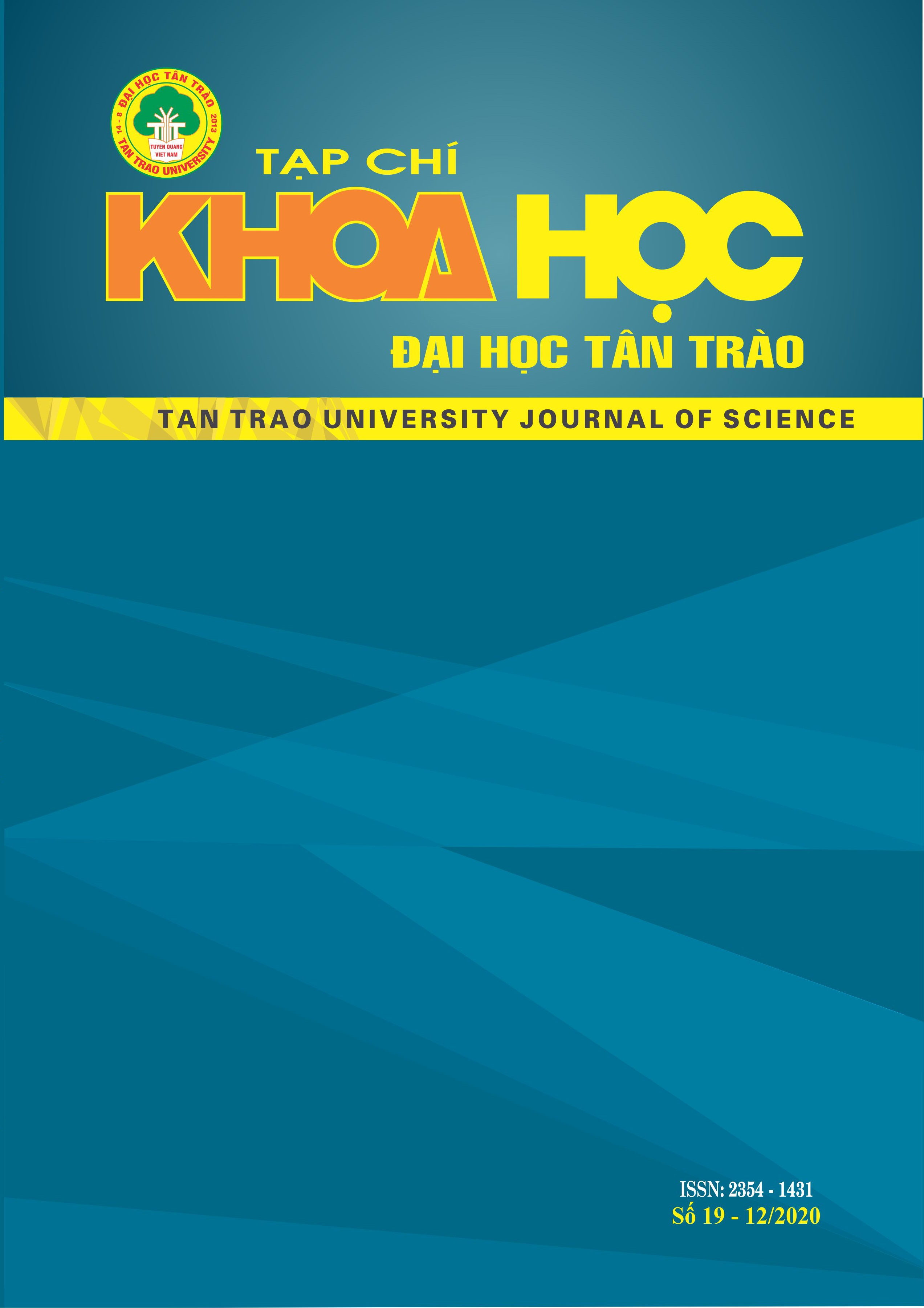Calculation Morse potential parameters under temperature and pressure effects in expanded X-ray absorption fine structure spectra
DOI:
https://doi.org/10.51453/2354-1431/2020/421Abstract
A new method for estimating the effective parameters of Morse potential under thermal disorder and pressure effects for materials has crystals structure developed by using the energy of sublimation, the compressibility, and the lattice constant. Use the Morse potential parameters received to calculate the mean square relative displacement, spring constants, anharmonic interatomic effective potential, and local force constant for silicic and germanium semiconductor crystals, are the materials have diamond structure crystals. The received results suitable for the experimental values and other theories.
Downloads
References
1. E. C. Marques, D. R.Sandrom, F. W. Lytle, and R. B. Greegor, J. Chem (1982). Determination of thermal amplitude of surface atoms in a supported Pt catalyst by EXAFS spectroscopy, Phys. 77, 1027. DOI: https://doi.org/10.1063/1.443914.
2. Duc Nguyen Ba, Binh Nguyen Thanh, Statistical Physics-Theory and Application in XAFS, (LAP LAMBERT, Academic Publishing, 2017), pp 173-198. ISBN: 978-3330041035.
3. N. V. Hung, N. B. Duc, and R. R. Frahm, A New Anharmonic Factor and EXAFS Including Anharmonic Contributions,(2002). J. Phys. Soc. Jpn. 72(5), 1254. DOI: https://doi.org/10.1143/JPSJ.72.1254.
4. Frenkel, A. I., Rehr, J. J. (1993). Thermal expansion and x-ray-absorption fine-structure cumulants. Phys. Rev. B, 48(585). DOI: https://doi.org/10.1103/PhysRevB.48.585.
5. T. Miyanaga and T. Fujikawa, Quantum Statistical Approach to Debye-Waller Factor in EXAFS, EELS and ARXPS. III. Applicability of Debye and Einstein Approximation, (1994). J. Phys. Soc. Jpn. 63 1036, 3683. DOI: https://doi.org/10.1143/JPSJ.63.3683.
6. Hung, N. V., Rehr, J. J. (1997). Phys., Anharmonic correlated Einstein-model Debye-Waller factors. Rev. B 56, 43. DOI: https://doi.org/10.1103/PhysRevB.56.43.
7. T. Miyanaga, H. Katsumata, T. Fujikawa, and T. Ohta, (1997). Ab Initio Calculations of EXAFS Debye-Waller Factors for Two- and Three-Dimensional Crystals. J. de Physique. IV, C2: 225. DOI: https://doi.org/10.1051/jp4/1997173.
8. L. A. Girifalco and V. G. Weizer (1959). Application of the Morse Potential Function to Cubic Metals. Phys. Rev. 114, 687. DOI: https://doi.org/10.1103/PhysRev.114.687.
9. Pirog, I. V., Nedoseikina, T. I., Zarubin, A. I., Shuvaev, A. T. (2002). Anharmonic pair potential study in face-centred-cubic structure metals. J. Phys.: Condens. Matter 14, 1825. DOI: https://doi.org/10.1088/0953-8984/14/8/311.
10. J. C. Slater (1939). Introduction to Chemical Physics, McGraw - Hill Book Company, Inc., New York.
11. Handbook of Physical Constants, Sydney P. Clark, Jr., (1996) Geological Society of America. ISBN print: 9780813710976. DOI: https://doi.org/10.1130/MEM97-p1.
12. Charles Kittel, Introduction to Solid-State Physics, (1986), John Wiley & Sons ed., Inc. New York, Chichester, Brisbane, Toronto, Singapore. ISBN: 978-0-471-41526-8.
13. M. Born, K. Huang (1956). Dynamical Theory of Crystal Lattice, 2nd Ed.,
Oxford: Clarendon Press.
14. P. W. Bridgeman, (1940). The Compression of 46 Substances to 50,000 kg/cm. Proceedings of the American Academy of Arts and Sciences, Vol. 74, No. 3, pp. 21-51. Published by: American Academy of Arts & Sciences, URL: http://www.jstor.org/stable/20023352.
15. R. H. Fowler, E. A. Guggenheim (1939). Statistical Thermodynamics: a version of statistical mechanics for students of physics and chemistry. Cambridge University Press, Cambridge.
16. N. Mott, H. Jones (1936). Properties of Metals and Alloys. Oxford University Press, London.
Downloads
Published
How to Cite
Issue
Section
License

This work is licensed under a Creative Commons Attribution-ShareAlike 4.0 International License.
All articles published in SJTTU are licensed under a Creative Commons Attribution-ShareAlike 4.0 International (CC BY-SA) license. This means anyone is free to copy, transform, or redistribute articles for any lawful purpose in any medium, provided they give appropriate attribution to the original author(s) and SJTTU, link to the license, indicate if changes were made, and redistribute any derivative work under the same license.
Copyright on articles is retained by the respective author(s), without restrictions. A non-exclusive license is granted to SJTTU to publish the article and identify itself as its original publisher, along with the commercial right to include the article in a hardcopy issue for sale to libraries and individuals.
Although the conditions of the CC BY-SA license don't apply to authors (as the copyright holder of your article, you have no restrictions on your rights), by submitting to SJTTU, authors recognize the rights of readers, and must grant any third party the right to use their article to the extent provided by the license.


